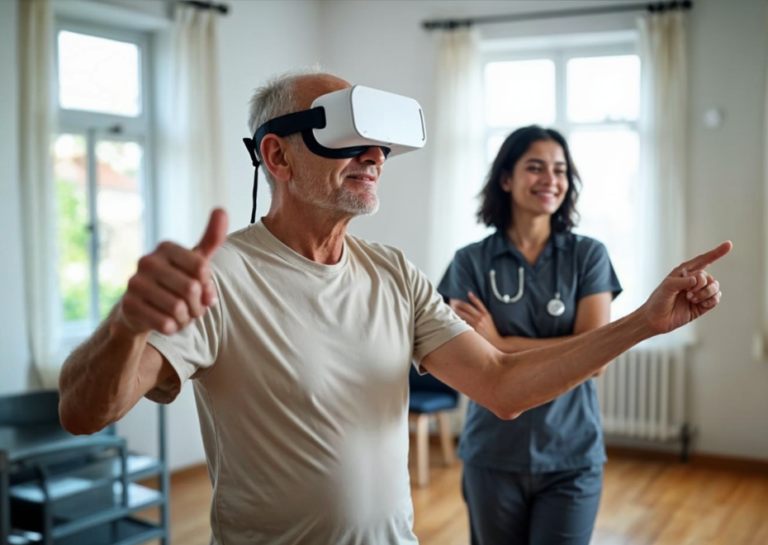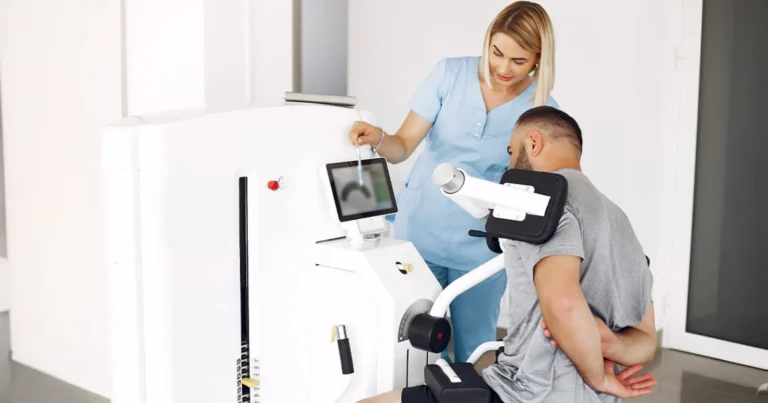Book Appointment Now

Parkinson’s Disease and ALS : A Guide to Early Symptoms
Introduction
Parkinson’s disease and Amyotrophic Lateral Sclerosis (ALS) are neurodegenerative disorders that affect movement, muscle control, and overall physical function. While they share some similarities, their progression and symptoms differ significantly. This article explores the early symptoms of both conditions to aid in early diagnosis and effective management.
Understanding Parkinson’s Disease and ALS
Parkinson’s Disease
- A progressive disorder primarily affecting movement
- Caused by deterioration of dopamine-producing nerve cells in the brain
- Impacts coordination, balance, and other physical abilities
Early Symptoms of Parkinson’s Disease
1. Tremors
- Usually starts in one hand, finger, or limb
- Often occurs when muscles are at rest
2. Bradykinesia (Slowness of Movement)
- Routine tasks become slower and more difficult
- Can make everyday activities feel exhausting
3. Rigidity
- Muscle stiffness in arms, legs, or neck
- Described as tightness or resistance when moving joints
4. Postural Instability
- Balance issues and frequent falls
- Difficulty maintaining stable posture
5. Changes in Speech and Writing
- Speech becomes softer, slower, or more monotone
- Handwriting may become smaller and more cramped (micrographia)
6. Loss of Facial Expression (Masked Face)
- Reduced ability to express emotions through facial movements
- Facial muscles become rigid and less responsive
Early Symptoms of ALS
1. Muscle Weakness
- Particularly in arms, legs, or hands
- Difficulty lifting objects, walking, or performing routine physical tasks
2. Muscle Twitching (Fasciculations)
- Involuntary and noticeable under the skin
- Most common in arms, legs, and tongue
3. Difficulty Speaking or Swallowing
- Speech problems, such as slurring or difficulty pronouncing words
- Trouble swallowing (dysphagia)
4. Stiffness and Spasticity
- Muscle stiffness leading to difficulty in movement
- Can be accompanied by cramping and tightness
5. Loss of Dexterity
- Difficulty performing tasks requiring fine motor skills
- Weakening of hand and arm muscles
6. Fatigue and Weakness in Limbs
- General sense of fatigue
- Weakness in limbs, particularly the legs
Key Differences Between Early Symptoms
| Parkinson | ALS |
|---|---|
| Tremors are more common | Muscle twitching is the key |
| Bradykinesia is characteristic | Muscle weakness is prominent |
| No such thing | Involves early speech & swallowing difficulties |
| Cognitive changes not that severe | Cognitive changes are more severe in later stages of ALS |
By staying informed about these conditions, individuals can take proactive steps towards managing their health effectively.
When to See a Doctor
Consult a healthcare provider if you or someone you know experiences any of these early symptoms. Early diagnosis can lead to better symptom management and improved quality of life through treatments, therapies, and lifestyle adjustments.
Conclusion
Recognizing the early signs of Parkinson’s disease and ALS is crucial for timely medical intervention. While both conditions remain incurable, early diagnosis and treatment can significantly impact symptom management and disease progression. If you suspect any signs of these conditions, seek professional medical advice for an accurate diagnosis and personalized treatment plan.
For further reading on these conditions:



